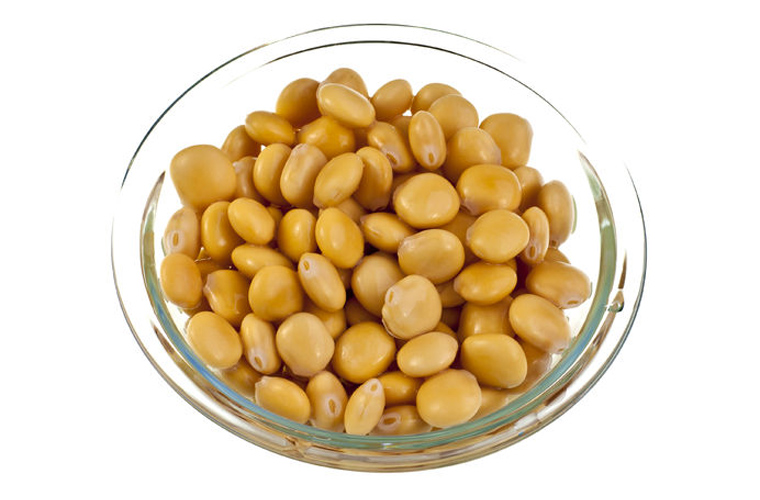Lupine, lupin or lupini as it’s called in Europe and Australia, is a common flowering garden plant that is related to legumes such as peanuts, lentils, beans and peas.
Lupin has many proteins that are similar to peanuts, and many people with peanut allergies have been found to react to lupin. A controlled study in peanut allergic patients showed 30% also had allergic reactions to lupin. Other studies have reported up to 68% cross-reactivity. Reactions range from hives to anaphylaxis.
With the growing popularity of gluten-free diets, lupine and lupine flour is becoming a more common ingredient in North America. Lupin can potentially be found in the following foods:
- high protein or energy drinks
- lupin based fermented food similar to tofu
- baked gluten-free breads, cakes, and biscuits
- whipped products, fillings and glazes
- ice cream, mayonnaise and dressings
- noodles and pasta products
In order to prevent allergic reactions from hidden foods, lupin was included in the European Union top allergen list in 2006. In North America, lupin is currently not considered a top allergen, so it is not required to be highlighted as a potential allergen in food labels. You must read all labels carefully and look for lupin, lupine or lupini in the ingredient list.

